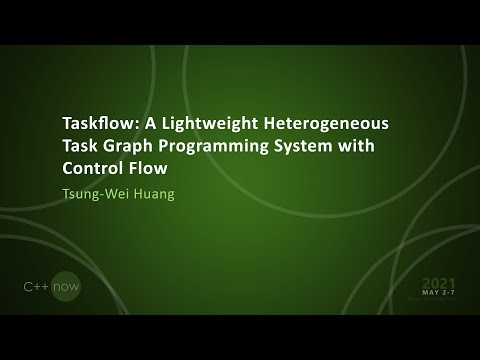Description:
Explore a comprehensive conference talk on Taskflow, a heterogeneous task graph programming system with control flow. Learn about modern C++ techniques for efficient parallel and heterogeneous computing, including CPU-GPU dependent tasks and conditional tasking interfaces. Discover how Taskflow addresses the challenge of balancing programmer productivity with performance scalability in complex computing applications. Examine real-world use cases, implementation strategies, and the work-stealing algorithm for dynamic resource balancing. Gain insights into the future of C++ programming for heterogeneous systems and how Taskflow can simplify parallel computing for developers.

Taskflow - A Heterogeneous Task Graph Programming System with Control Flow
Add to list
#Conference Talks
#C++Now
#Programming
#Programming Languages
#C Programming
#Computer Science
#High Performance Computing
#Parallel Computing
#GPU Programming
#Heterogeneous Computing